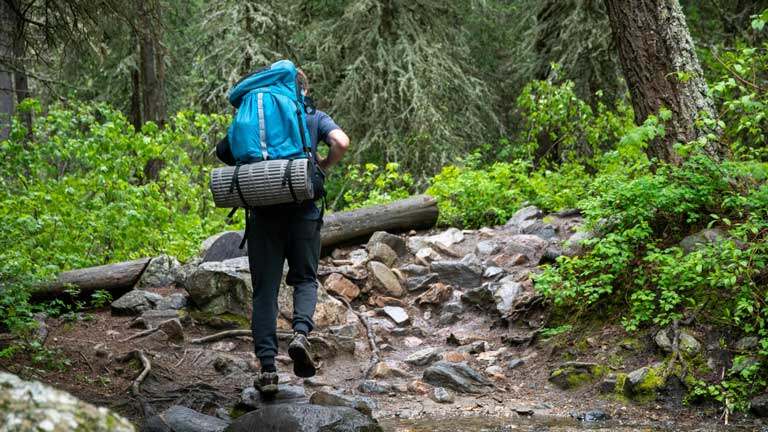

Demarcating protected areas, such as nature reserves and national parks, is key to conserving biodiversity by ensuring dedicated protection and maintenance of natural ecosystems. To provide an additional source of funds for effective maintenance of these protective areas, many countries have progressively turned to encouraging nature-based tourism within them. With increased tourism, it is crucial to monitor the movement of tourists to minimise their ecological impacts on particularly vulnerable species.
To find a way to gain insights into how these green spaces are used by humans, NUS researchers, led by Associate Professor L. Roman Carrasco and PhD student Mr Timothy Yee Bing Lun from the Department of Biological Sciences under the NUS Faculty of Science, have developed a deep learning method to analyse social media images taken within protected areas to identify human activity distribution. The researchers referenced the list of protected areas found in the World Database on Protected Areas in their study, which includes the Sungei Buloh Wetland Reserve in Singapore.
Using publicly available images drawn from Flickr as a proxy, the team tapped on their deep learning image tagging model to automatically detect and categorise the human activities depicted in the images. The researchers trawled through 87,090 photos from 2,813 protected areas in 207 countries and administrative regions for this study, which provided promising results by demonstrating the usefulness of social media data for understanding visitor activity in protected areas.
The NUS researchers published their deep learning method and results from their analysis in the scientific journal Scientific Reports on 13 June 2024.
In explaining the significance of this work, Mr Yee said, “While there have been similar studies, this is possibly the first study that tries to investigate human activities within protected areas on a global scale. It demonstrates the utility of social media and deep learning in empowering researchers to investigate pressing environmental issues at a much larger scale.”
Assoc Prof Carrasco added, “The team hopes that this technique can be adopted by nature organisations to monitor land use patterns in nature reserves efficiently and cost-effectively, enabling more targeted conservation efforts to protect ecosystems despite increasing visitor numbers.”






































